An annual customs review is a good business practice. As part of your due diligence check to make sure you are taking advantage of regulations that allow importing on a duty free or preferential basis. Here are a few basic items for your annual customs review:
Contact mitch@52.91.45.227 if you need help.
Classification– review annual updates to Harmonized Tariff to make sure your codes and descriptions are accurate. Proper classification and valuation of imported goods are the first step in compliance. If you do nothing else, do this.
Duty Drawback– this is a refund of duties paid on imports that are later exported. As supply chains expand there may be new opportunities for drawback. Record keeping is key here.
Chapter 98 of the Harmonized Tariff allows duty free entry of certain categories of goods. Examples are: American Goods Returned, American Goods Repaired or Altered Abroad, and American Components Assembled Abroad.
Trade agreements– programs which allow duty free or reduced duty rate entries. There are many agreements (such as USMCA) in place.
Customs rulings– consider requesting formal customs rulings prior to large transactions. This ensures compliance and eliminates uncertainty about imports. Rulings can be requested thru the CBP website.
Correcting errors– when an entry mistake is discovered it can be corrected by a prior disclosure to CBP. The formal process is a Post-Entry Amendment/Post Summary Correction. A prior disclosure can help mitigate penalties.

